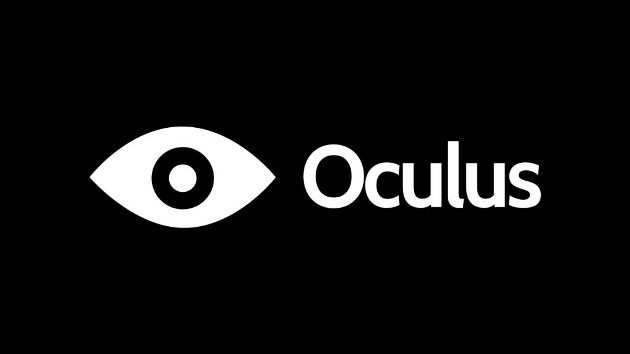Oculus has released the latest version of their SDK. Now at version 2.3, the highlights include an integrated IPD Measurement and Adjustment tool and Global Profiles.
New Features
Oculus released the last version of it’s SDK (Software Developer Kit) back in April, so any update comes as a nice surprise. It seems that Oculus are making the releases count too. Download version 2.3 of the SDK here.
In these early days of Virtual Reality’s new dawn, Oculus, their Staff and Developers creating games for the Oculus Rift there’s much to be done before the technology is ready for mass market adoption. Whilst hackers and enthusiasts might be happy to whiel away hours tweaking config files and fiddling with settings, the average Joe really won’t put up with it. As Virtual Reality brings with it a whole new set of challenges and requirements for each unique human being who wants to use the Oculus Rift, some standard tools and interfaces are needed.
One fairly subtle, but extremely important ‘per user’ variable is the IPD (Interpupillary Distance) – which is different for everyone. Get this wrong, and it can cause eye-strain and nausea. Up to now, the only widely available tool to measure this (outside of visiting your Optician) was to use the integrated tool supplied with Team Fortress two when run in ‘VR Mode’. Now the Oculus SDK includes its own standalone tool which does pretty much the same tests. The difference is, one you’ve saved your IPD in your defined user profile, the any game developed with this version of the SDK and up should automatically use that setting for all games. At least that’s the theory.
The tool also includes a test scene which you can use to quickly try out your new IPD settings without leaving the testing interface. A nice touch.
Tuscany Tweaked
Oculus have also included a slightly updated version of the now famous Tiscany demo, used in the early days to demonstrate the Rift prototype. It’ll be a game of spot-the-difference for most of you, but it’s nice to see it evolving.








